Back To Walking

So.... I had pneumonia and was not able to walk more than just around the block without gasping for breath. I took two months off from walking and two weeks from golf. Thank you antibiotics!

Here We Go September 13th (Top)
Here we go... Feels good to have a phone nearby just in case!


Not too bad for the first time out!

Amy will love this flag
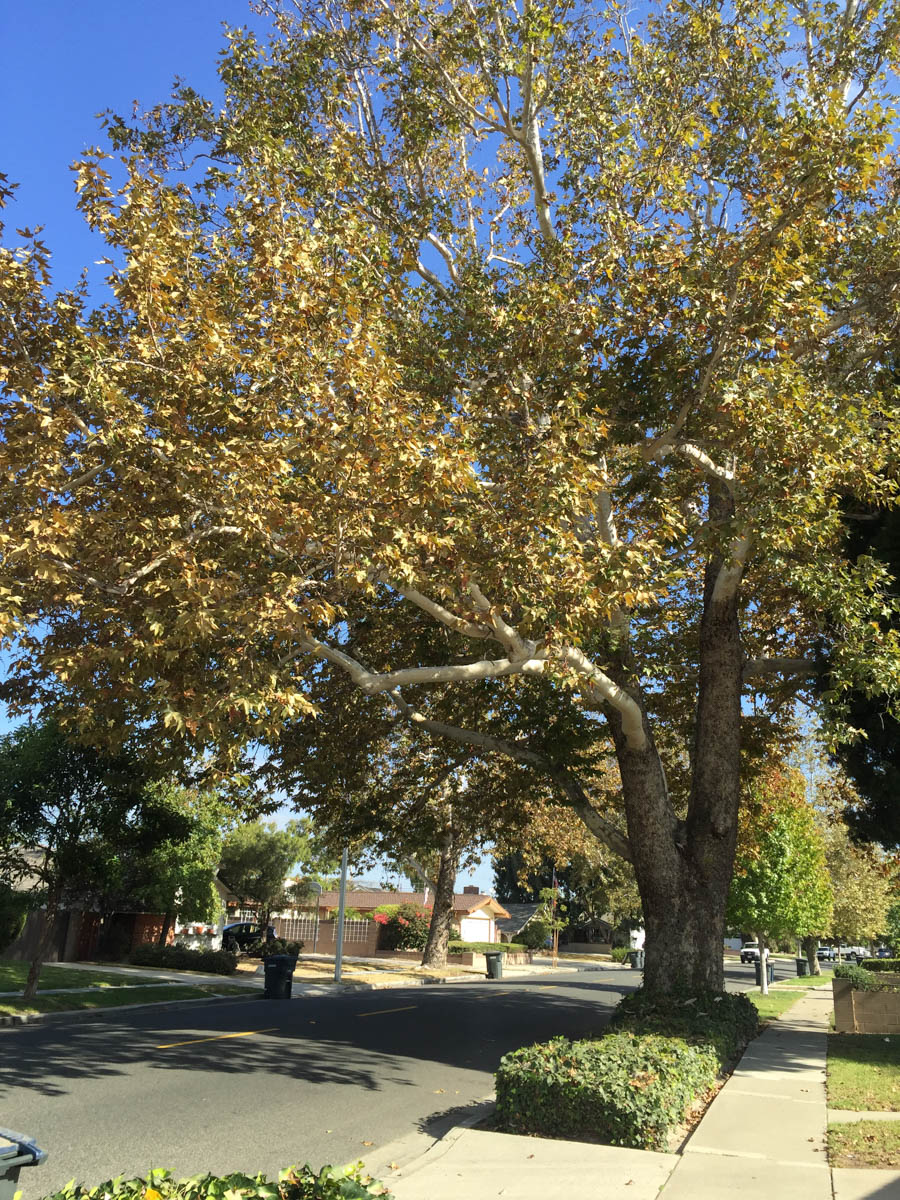
Autumn is on its way

Awe... They are so cute
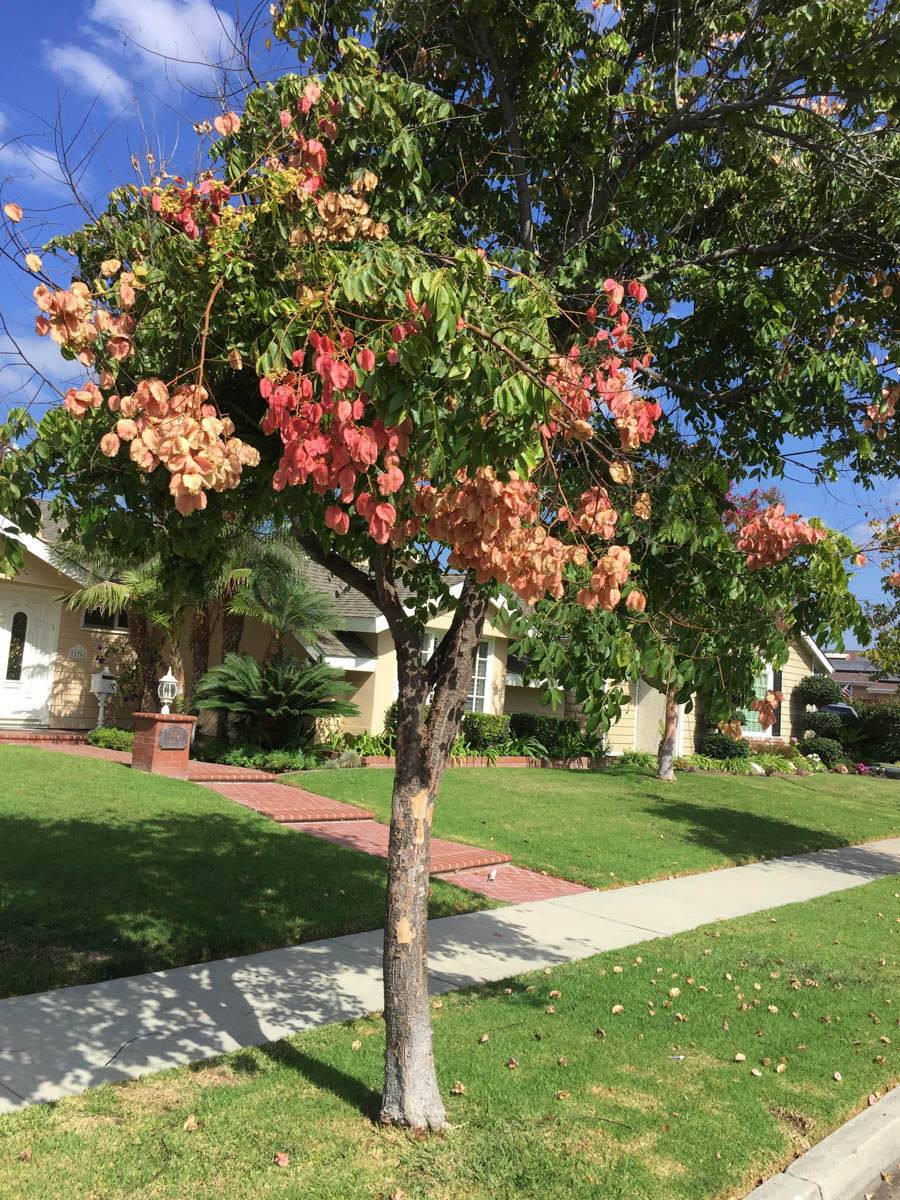
All sorts of different colors!
September 15th And All Is Well (Top)
Second day this week and all is well!



2.8 miles around the town

Love those exotics... Plumeria are beautiful

Autumn is right around the corner

The trees are beginning to turn
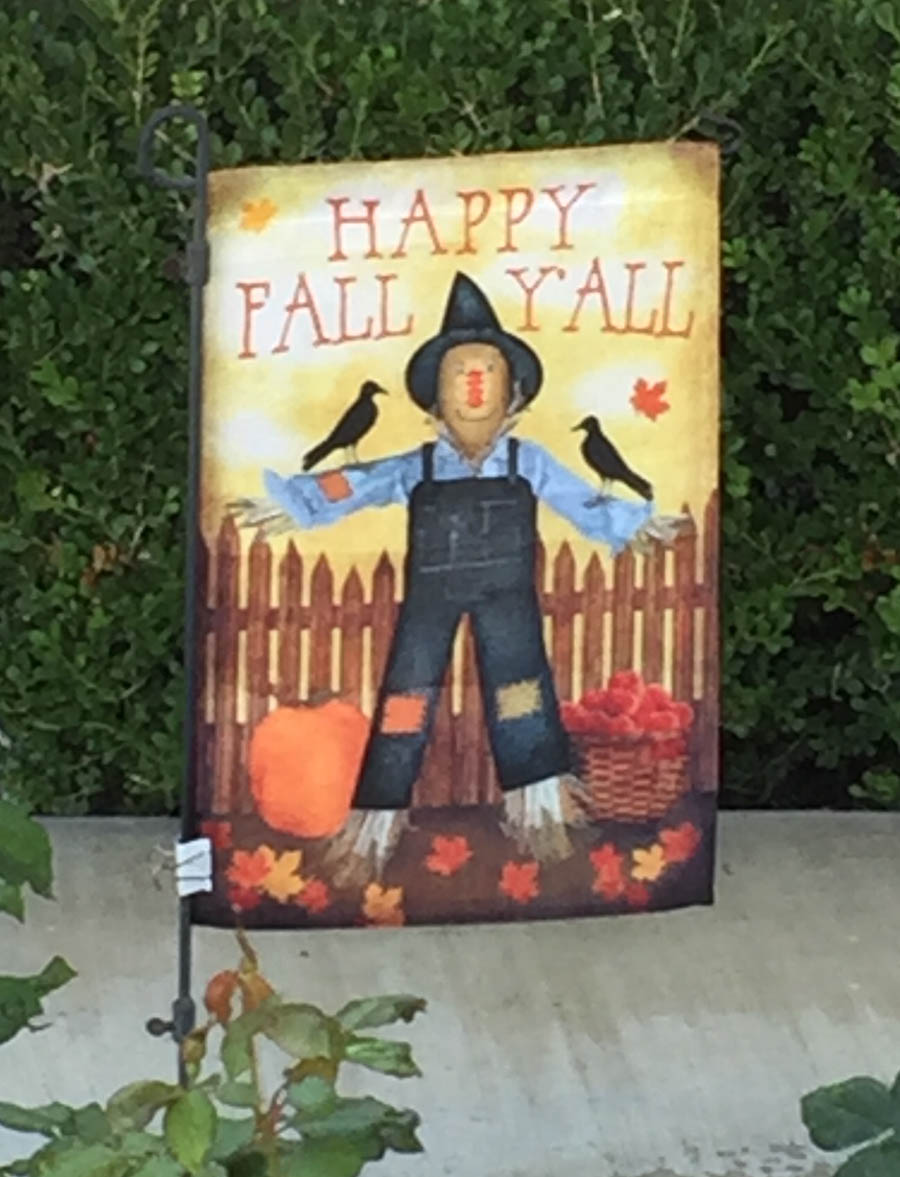
Fall flags all over

Chugging right on down the avenue
September 16th And All Is Well (Top)
This is Paul's third real walk since being cured of walking pneumonia! It feels good to be out and about!


Another 2.8 miles to add to my belt
It's Friday and time to have lunch with Colleen and Calhan before going to Topper's Dinner Dance Club.


Plantains almost ready to eat
Did You Know? - Plantains contain more starch and less sugar than dessert bananas and are therefore usually cooked or otherwise processed before being eaten. They are always cooked or fried when eaten green.
At this stage, the pulp is hard and the peel often so stiff that it has to be cut with a knife to be removed. Mature plantains can be peeled like typical dessert bananas; the pulp is softer than in immature, green fruit and some of the starch has been converted to sugar.
They can be eaten raw, but are not as flavorful in that state as dessert bananas, so are usually cooked. When mature, yellow plantains are fried, they tend to caramelize, turning a golden-brown color.

Heat up the skillet

Spidy has been busy
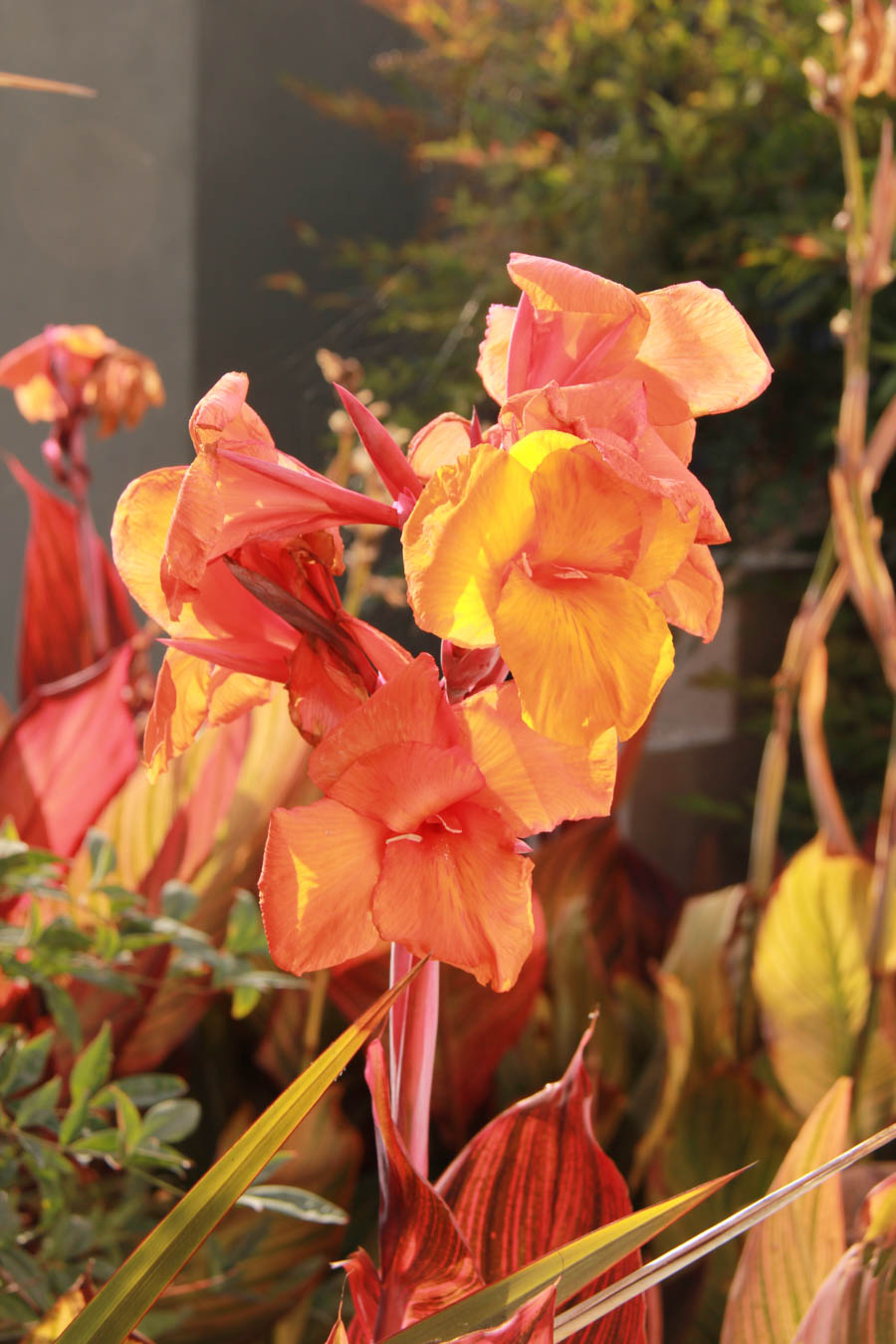 Reminds me of a Tequila Sunrise drink
Reminds me of a Tequila Sunrise drink
Did You Know? - The original Tequila Sunrise contained tequila, crème de cassis, lime juice and soda water and was served at the Arizona Biltmore Hotel, where it was created by Gene Sulit in the 1930s or 1940s.
The more popular modern version of the cocktail contains tequila, orange juice, and grenadine and was created by Bobby Lozoff and Billy Rice in the early 1970s while working as young bartenders at the Trident in Sausalito, California north of San Francisco.
In 1972, at a private party at the Trident organized by Bill Graham to kick off the Rolling Stones' 1972 tour in America, Mick Jagger had one of the cocktails, liked it, and he and his entourage started drinking them.


A rose by any other name

"I got a hair cut"

Many colleges are represented in our area

Love the fence

Looks like the plant is about to bloom

Tis the season
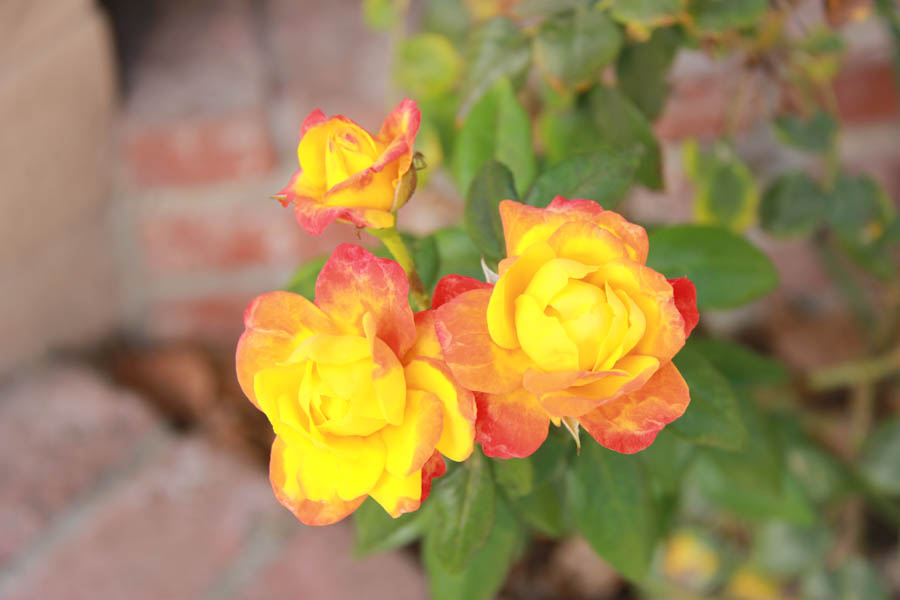
More Tequila Sunrise

The drainage ditch runs through out neighborhood! Looking east toward the freeway
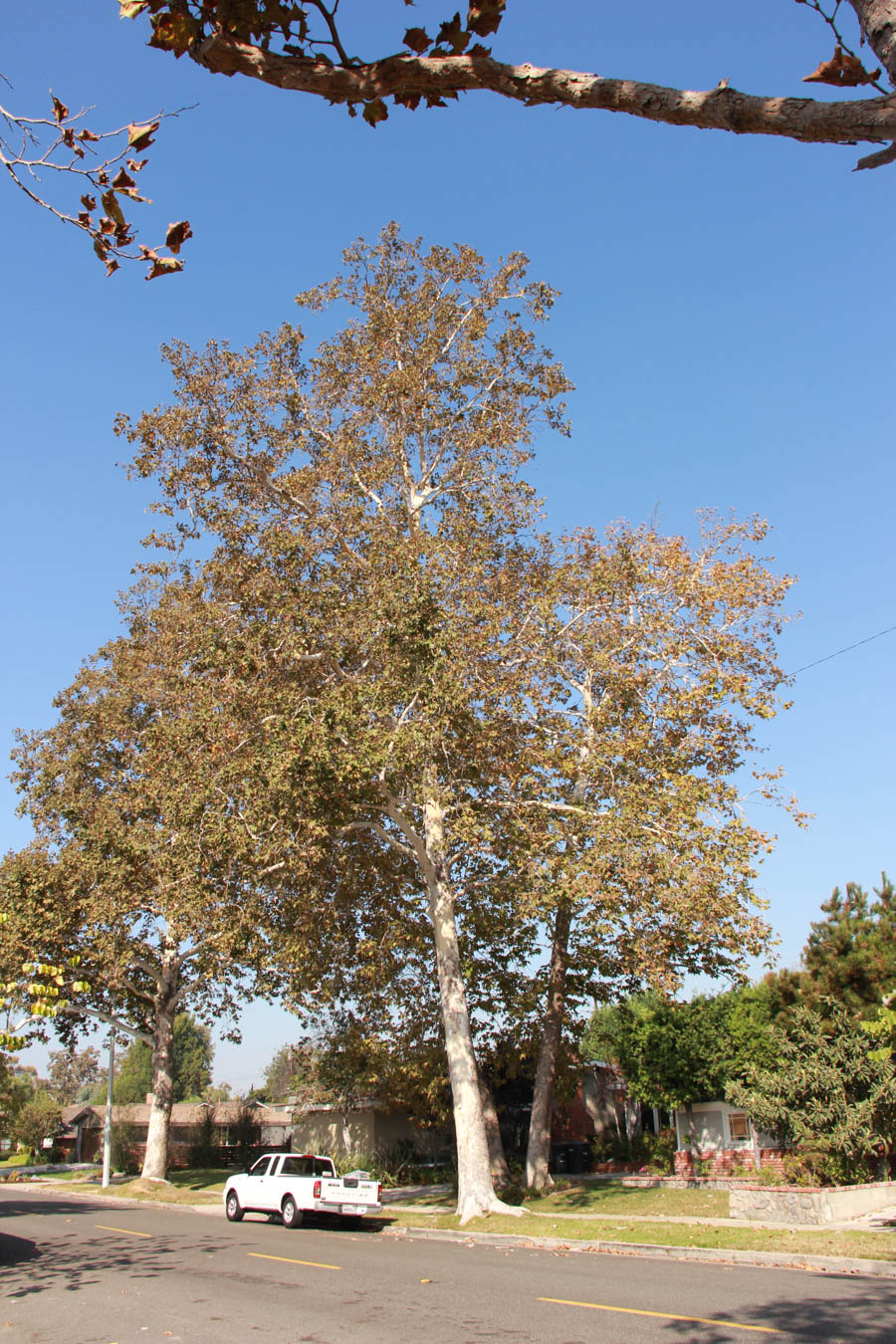
Fall is here

The spidey has visited this little guy also!
Did You Know? - Agelenopsis is a genus of spiders, known as American grass spiders. They weave sheet webs that have a funnel shelter on one edge. The web is not sticky, but these spiders make up for that shortcoming by running very rapidly. The larger specimens (depending on species) can get up to approximately 19 mm in body length.
They may be recognized by the arrangement of their eight eyes into three rows. The top row has two eyes, the middle row has four eyes, and the bottom row has two eyes (spaced wider than the ones on the top row). They also have two prominent hind spinnerets, and somewhat indistinct bands on their legs.
Agelenopsis aperta, the American funnel-web spider, produces agatoxins. Their bite causes rapid paralysis in insect prey, though their venom is not medically significant to humans.

Amazing beans (seed pods)

Looking back the same drainage ditch toward the west
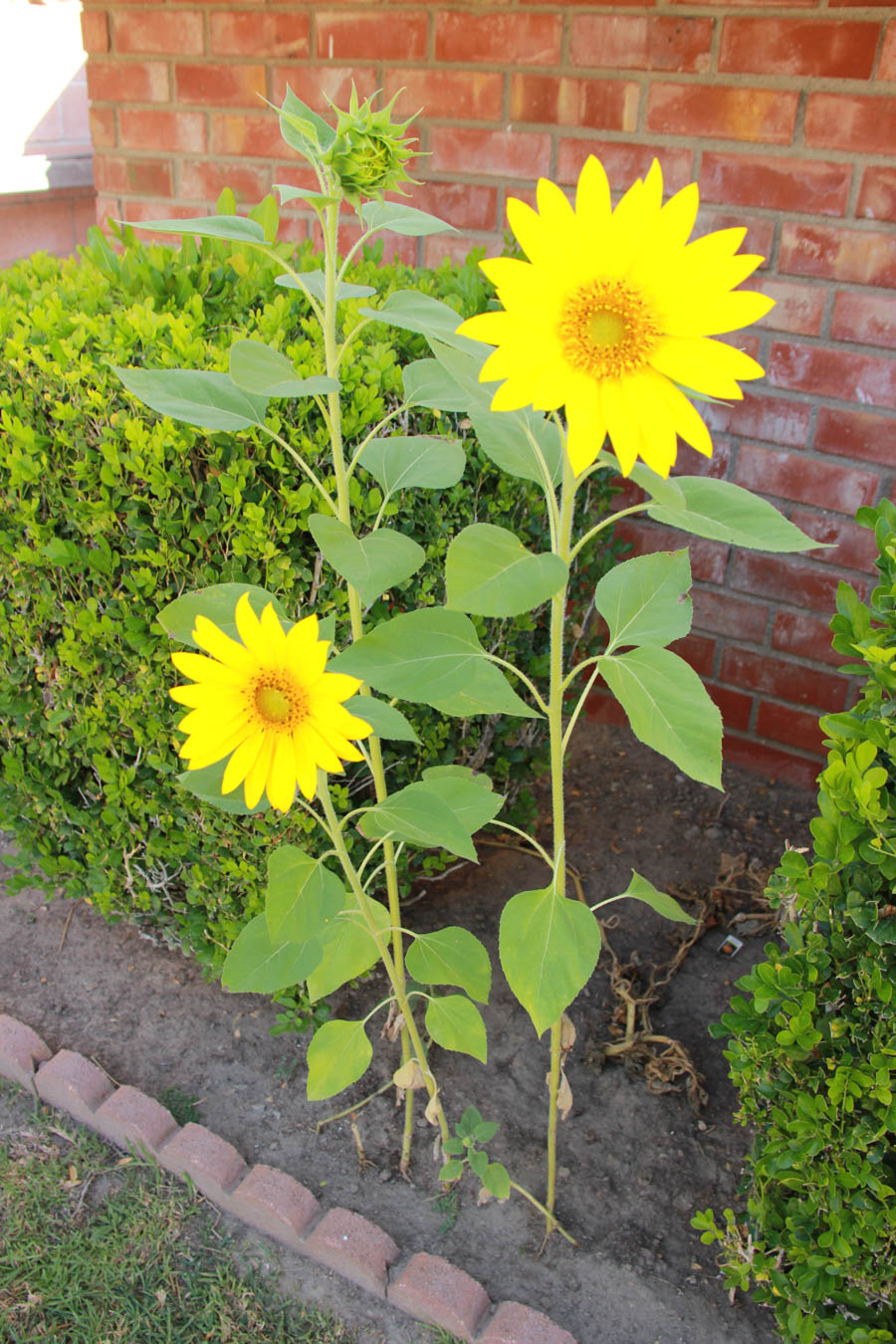
Baby sunflowers

"I am so very pretty"

Oh oh... Who is in trouble?

The dry front yards are still pretty

In fact... Beautiful

Knock knock! Who be in there?

We call them "whirligigs"

Stand up... Hand over the heart!
 Persimmons galore
Persimmons galore
Did You Know? - The persimmon /pərˈsɪmən/ (sometimes spelled persimon) is the edible fruit of a number of species of trees in the genus Diospyros. Diospyros is in the family Ebenaceae. The most widely cultivated species is the Oriental or Japanese persimmon, Diospyros kaki.
In color, the ripe fruit of the cultivated strains range from light yellow-orange to dark red-orange depending on the species and variety. They similarly vary in size from 1.5 to 9 cm (0.59 to 3.54 in) in diameter, and in shape the varieties may be spherical, acorn-, or pumpkin-shaped.
The calyx generally remains attached to the fruit after harvesting, but becomes easy to remove once the fruit is ripe. The ripe fruit has a high glucose content. The protein content is low, but it has a balanced protein profile. Persimmon fruits have been put to various medicinal and chemical uses.
Like the tomato, persimmons are not popularly considered to be berries, but in terms of botanical morphology, the fruit is in fact a berry.
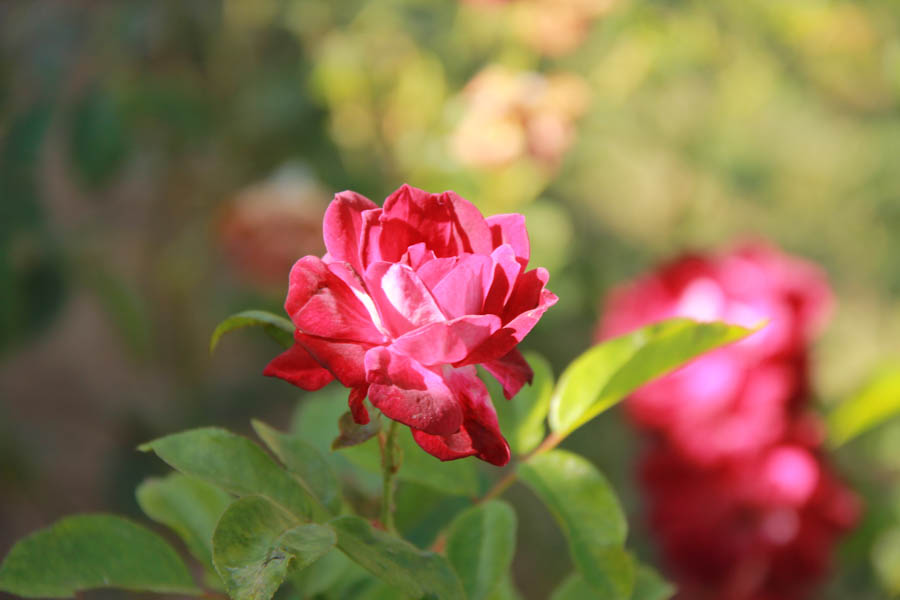
Love all the colors

Vicky posted a sign in our yard!

He is looking pretty good!

One more on the way


The apples are looking good
September 19th And All Is Well (Top)
OK... Three days and zero effects from the pneumonia! We assume regular walking can begin in earnest!




The leaves are slowing turning golden in preparation to fall

Three heads is better than one!
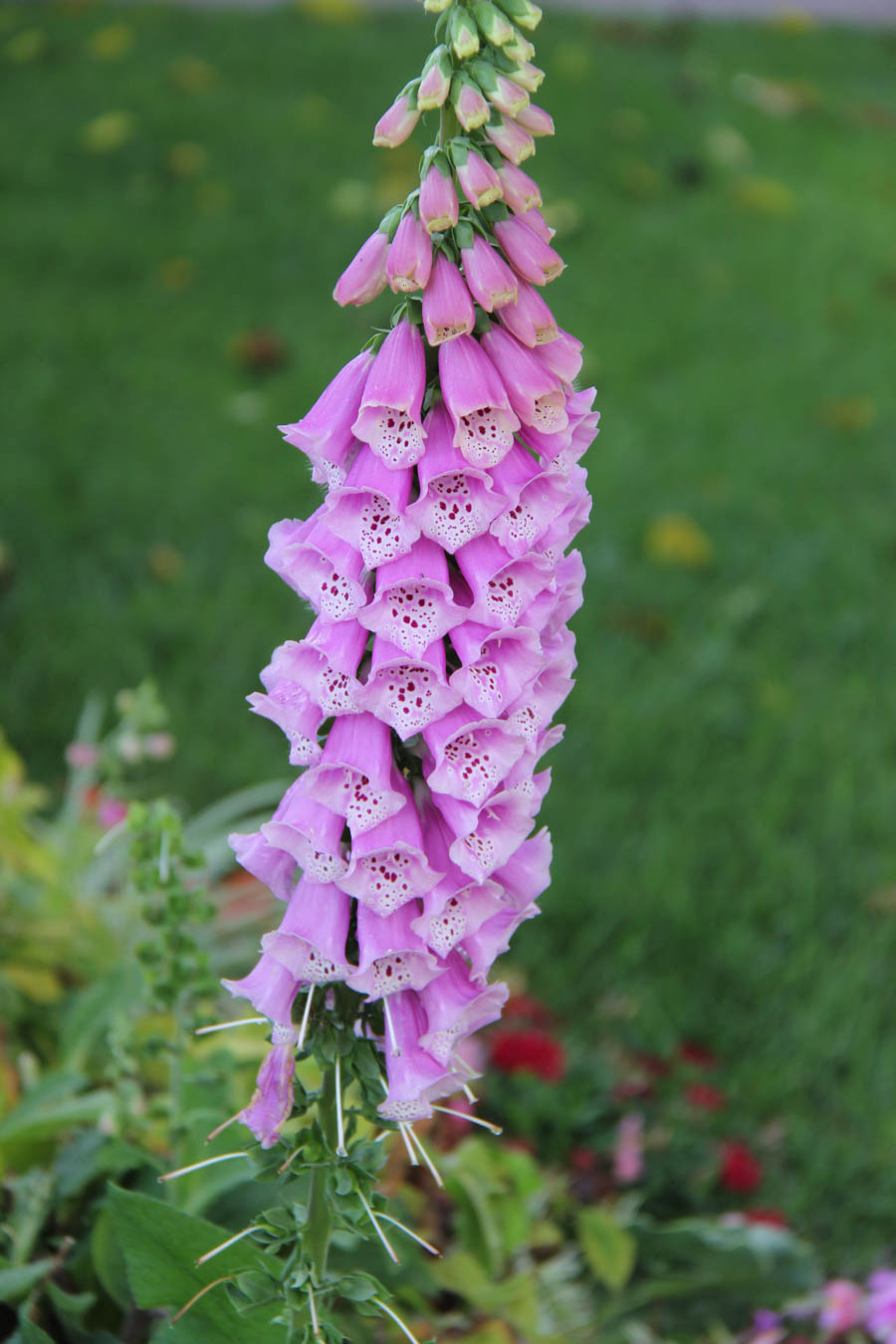
The Foxgloves are beautiful
but deadly
Did You Know? - The entire plant is toxic (including the roots and seeds). Mortality is rare, but case reports do exist. Most plant exposures occur in children younger than six years and are usually unintentional and without associated significant toxicity. More serious toxicity occurs with intentional ingestions by adolescents and adults.
Early symptoms of ingestion include nausea, vomiting, diarrhea, abdominal pain, wild hallucinations, delirium, and severe headache. Depending on the severity of the toxicosis, the victim may later suffer irregular and slow pulse, tremors, various cerebral disturbances, especially of a visual nature (unusual color visions (see xanthopsia) with objects appearing yellowish to green, and blue halos around lights), convulsions, and deadly disturbances of the heart.

Apples? Apples? Apple Annie is here

Honk!!

This tree has a leak!

Dripping down the entire side of the tree

Watching over their property

A takeoff on "The Yellow Brick Road"
Did You Know? - The following is an excerpt from the third chapter of The Wonderful Wizard of Oz, in which Dorothy sets off to see the Wizard:
..."There were several roads near by, but it did not take Dorothy long to find the one paved with yellow bricks. Within a short time she was walking briskly toward the Emerald City; her Silver Shoes tinkling merrily on the hard, yellow road-bed ".

A very short stop in the park
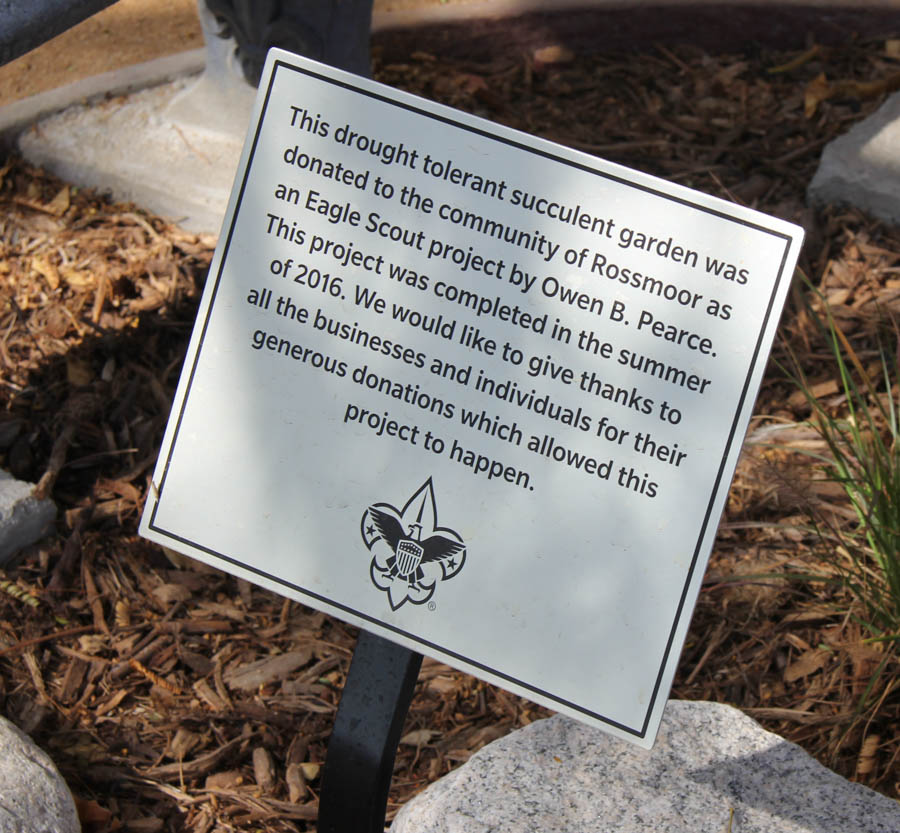
Paul wished he were water tolerant right about now
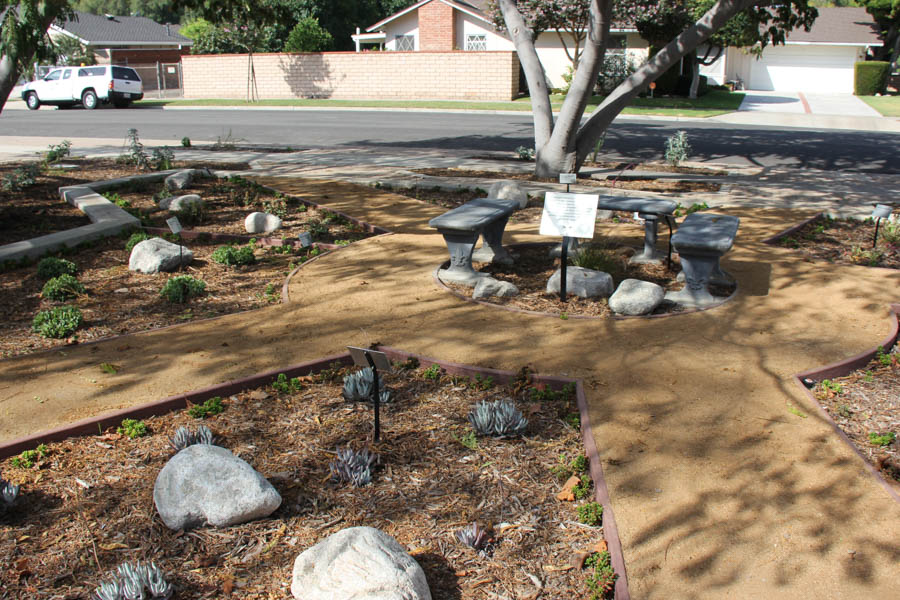
Cute little park

Snap dab in the center of our community

Brown cactus?

Great place to stick a mirror for backing out of the driveway

Gargoyles (Really grotesque)
Did You Know? - In architecture, a gargoyle (/ˈɡɑːrɡɔɪl/) is a carved or formed grotesque with a spout designed to convey water from a roof and away from the side of a building, thereby preventing rainwater from running down masonry walls and eroding the mortar between.
Architects often used multiple gargoyles on buildings to divide the flow of rainwater off the roof to minimize the potential damage from a rainstorm. A trough is cut in the back of the gargoyle and rainwater typically exits through the open mouth. Gargoyles are usually an elongated fantastic animal because the length of the gargoyle determines how far water is thrown from the wall.
When not constructed as a waterspout and only serving an ornamental or artistic function, the correct term for such a sculpture is a grotesque, chimera, or boss. Just as with bosses and chimeras, gargoyles are said to frighten off and protect those that it guards, such as a church, from any evil or harmful spirits. However, in common usage, the word "gargoyle" is generally used to describe any monstrous sculpture, whether intended as a waterspout or not.
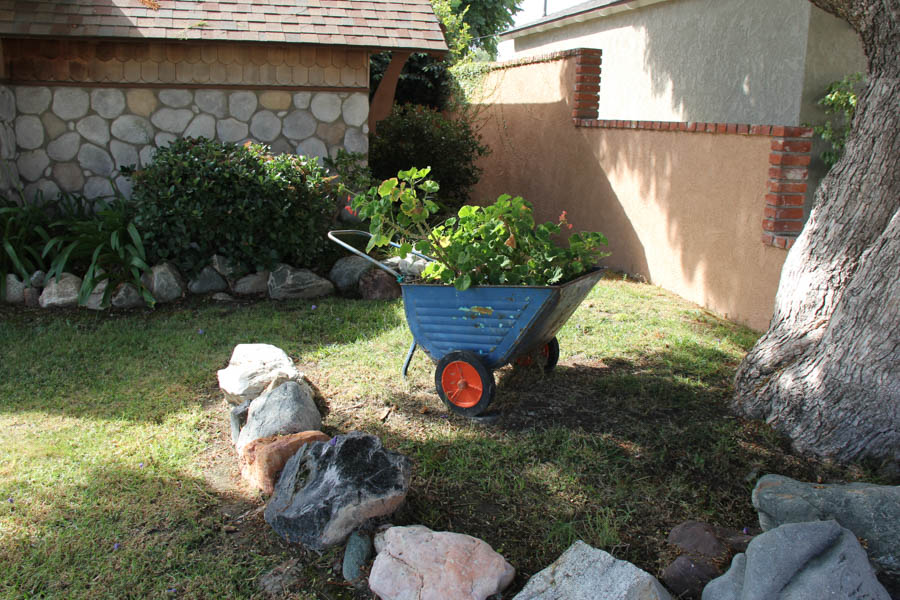
Super flower pot!

The brightest red!
September 21st And All Is Well (Top)
Colleen is not back home yet and we miss her aleady. Next time, Calhan can walk with Great Grandpa Paul and keep him moving!


The morning walk was 2.7 miles


The afternoon walk (golf) was 1.6 miles

Paul made the mistake of going to the doctor
Quotation To Remember: "Bright summer days are now over, Green leaves will all soon be gone, Fresh landscapes are turning golden Like solid rays of the sun. Lingering trees in the distance Filling my heart to the most, My life will turn in the meantime Into unsubstantial ghost." - Unknown

Right in the parkway the little tomato is coming right along!
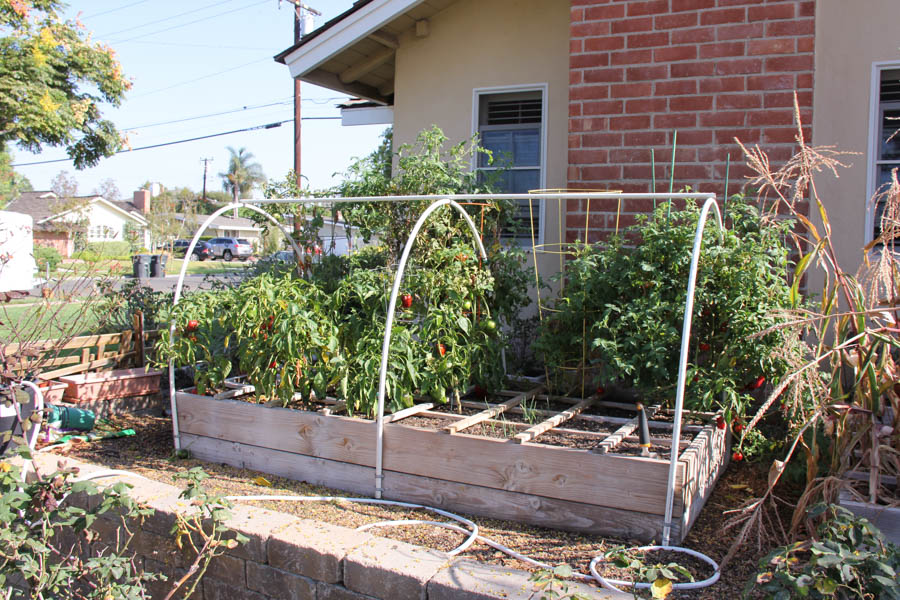
Another front yard gardener! Last of the tomatoes and peppers

Is this Bougainvillea red or what?
Did You Know? - The first European to describe these plants was Philibert Commerçon, a botanist accompanying French Navy admiral and explorer Louis Antoine de Bougainville during his voyage of circumnavigation of the Earth, and first published for him by Antoine Laurent de Jussieu in 1789.
It is possible that the first European to observe these plants was Jeanne Baré, Commerçon's lover and assistant who was an expert in botany.
Because she was not allowed on ship as a woman, she disguised herself as a man in order to make the journey (and thus became the first woman to circumnavigate the globe).

Look carefully... They are pears!

The tree was loaded... They were not ripe yet


Just hanging around!


"I am not scary... I am, in fact, beautiful!"

"I am pretty also!"

"I just got a frond cut"
Did You Know? - Palms are not really trees in the sense of a plant that grows a woody trunk. The stems are made of fibers instead of wood and the plants are more closely related to corn and turf grasses than oak trees. There are more than 2,500 species of palms. They are generally evergreen, shrub-like, or tree-like plants or vines.
Worldwide, the family Palmae (Palm Tree) is composed of over 230 genera and about 3000 species. Only a few of these are indigenous to the continental United States, and most of these are restricted to the warmer regions of southern United States, southern Florida and southern California. However, a large number of exotic species have been imported for ornamental purposes and a few of these have become widely naturalized.

Paul heard them singing.... "Under the shade of the ol' pepper tree"
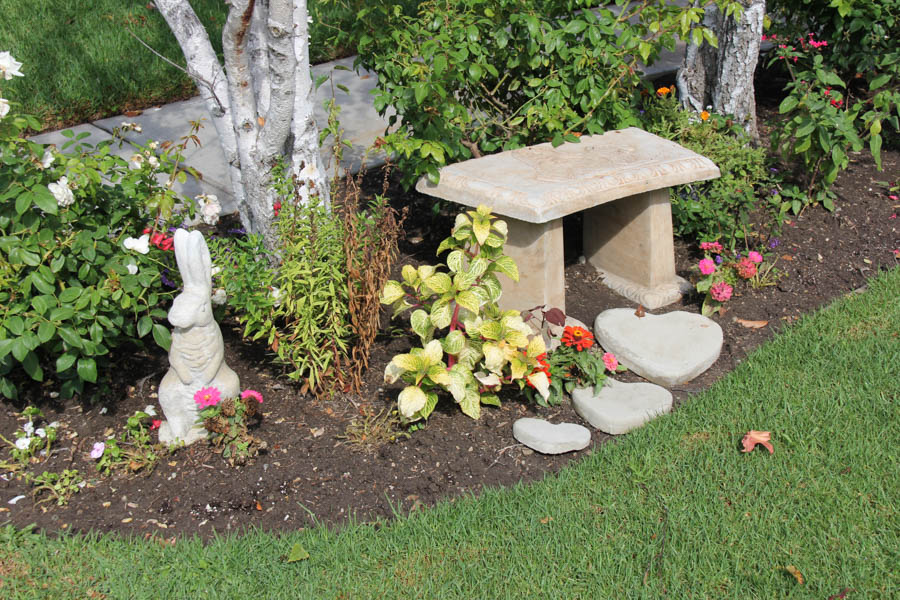
I am just hopping around

It's autumn all over now

Front yard gardens are interesting

"This is just about it.... I will be losing my flowers soon!"
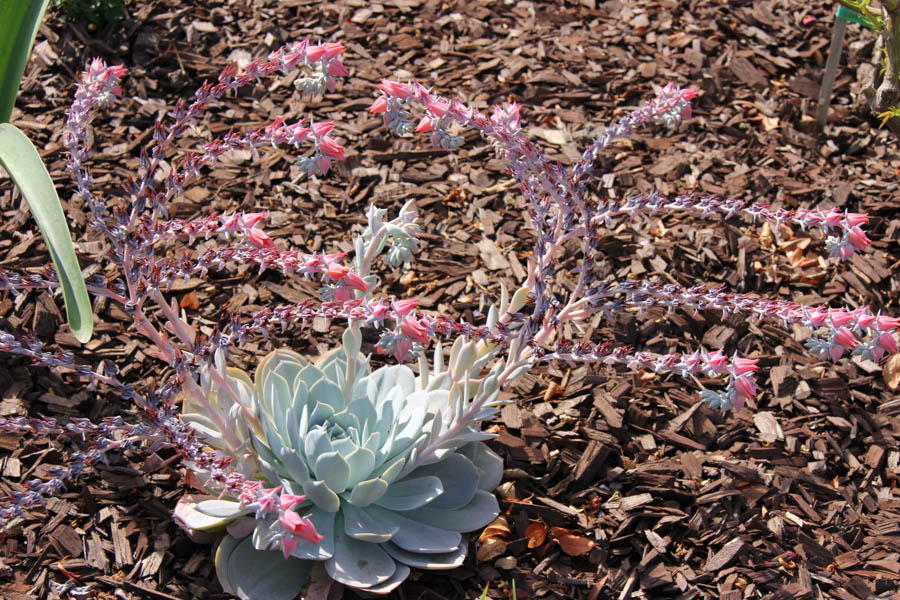
"Ah ha.... Me, Mr. Cactus, will be the master of the garden"

"Don't call me yellow!... I am brave"

Anyone home?

Apple a day keeps Paul walking
Quotation To Remember: "For man, autumn is a time of harvest, of gathering together. For nature, it is a time of sowing, of scattering abroad." - Edwin Way Teale
September 22nd And Paul Is Off Again! (Top)
The weather is perfect for walking although the humidity was a little high. Paul took a random course today just turning right of left as the mood struck him!
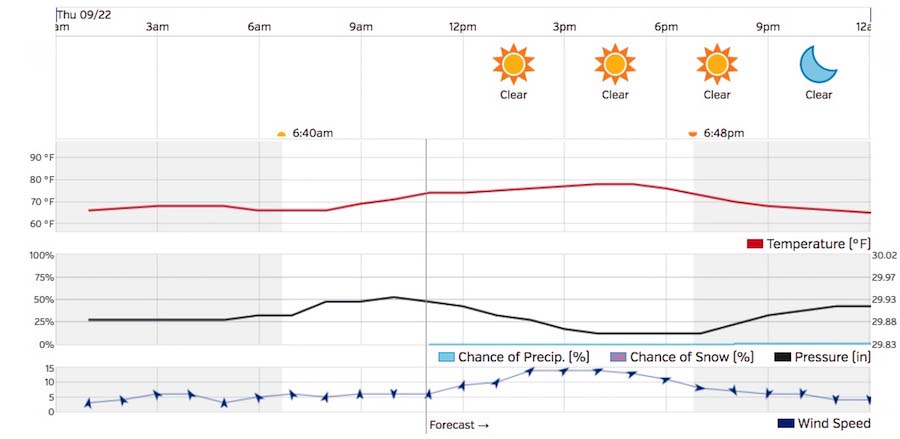


Paul is going to have to "step it up a notch" next month....
Looking for 3 mph average
(and yes... Paul walked another mile and a halk on the golf course)

Good house!

The artificial turf looks pretty good!

In another month this little tree will be naked!

Mother Nature and her creativeness
is amazing

Do not throw away your old plates!

Love Old Glory in what every format!
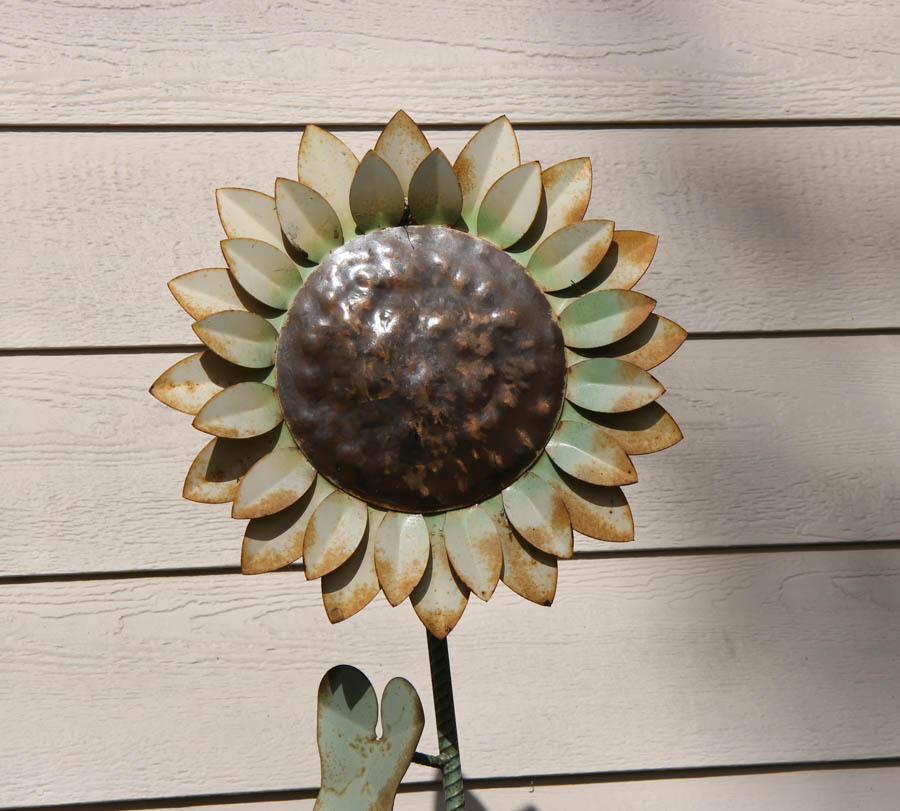
This sunflower stays in boom all year long

That's not nice!

Looks like Christmas with the red and green
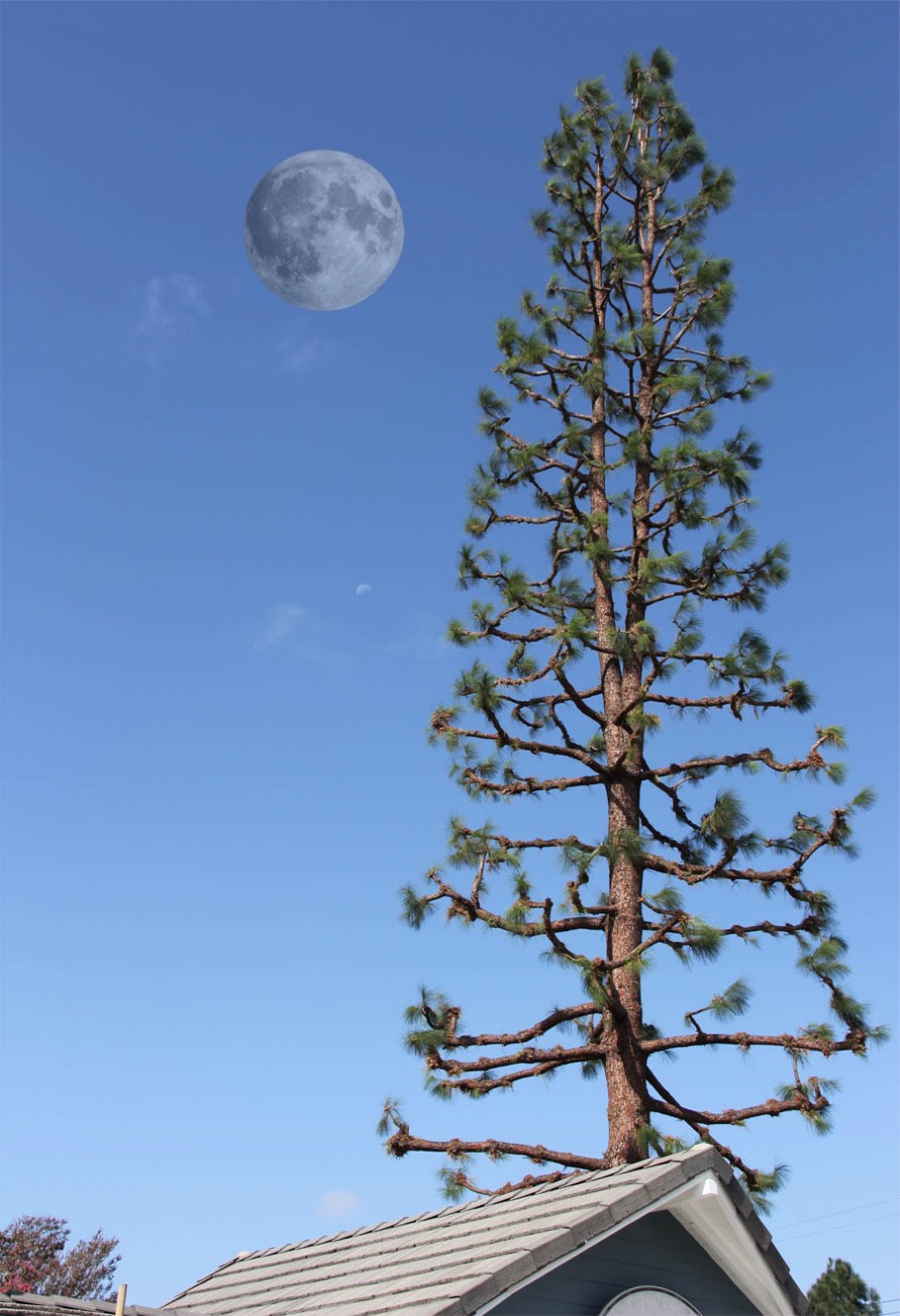
The moon is barely visible... We helped it along!

Perhaps a Fire Rose?

Nice to see people are proud to believe!

Little water needed here... Stays beautiful with minimal moisture

A gentle reminder!
Remember:
The truth is, that the craving for exercise is a part of healthy human nature. ~E. Warre, 1884
September 24th And Paul Is Off Again! (Top)
Time for one more walk in September before Halloween gets here!

Mr. Spidey has neen busy
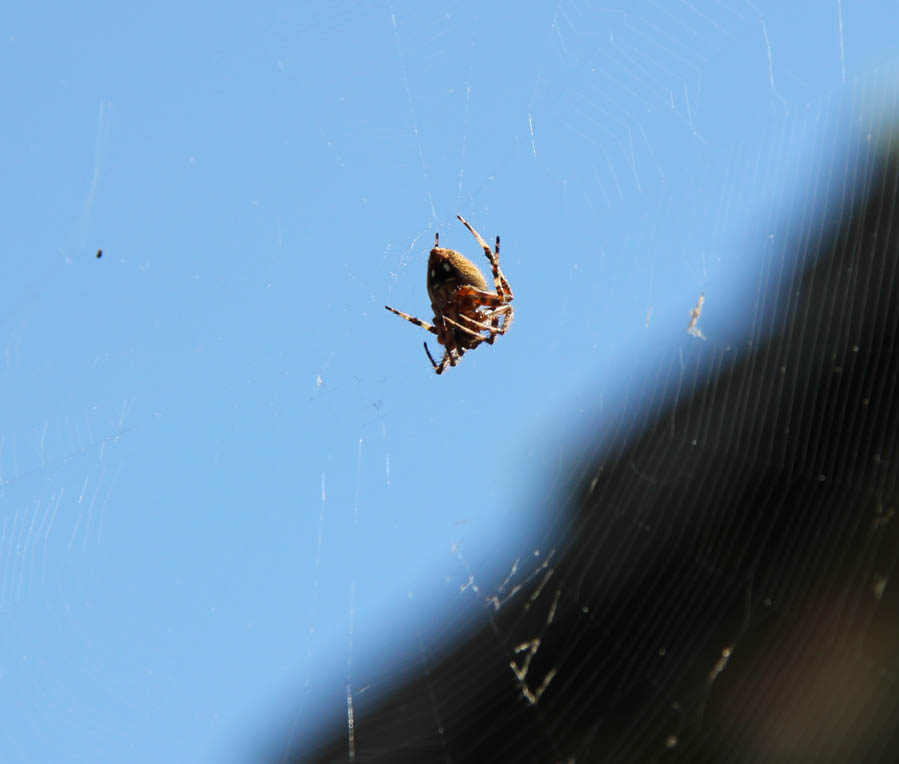
Up close and personal

Love the sap running down the tree!

It is an amazoing site
Did You Know? - Sap is a fluid transported in xylem cells (vessel elements) or phloem sieve tube elements of a plant. These cells transport water and nutrients throughout the plant.
Sap is not to be confused with latex, resin or cell sap; it is a separate substance, separately produced, and with different components and functions.

Look carefully into the sap... You may see Paul

Sap takes on may shapes

HAlloween is beginning to be seen

Always a nice sight

What was Mother Natures idea for this tree?

Simle Daisys are always pretty

Not edible but pretty!

The Musrooms are going mad with the wet weather